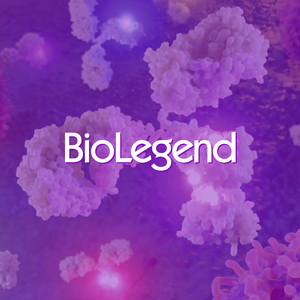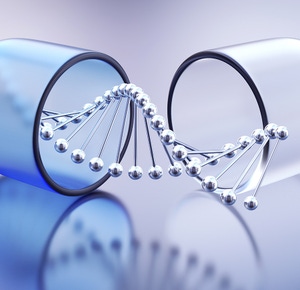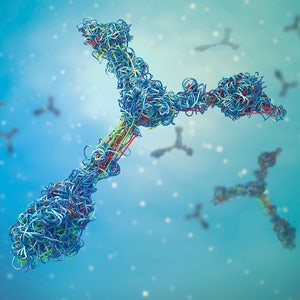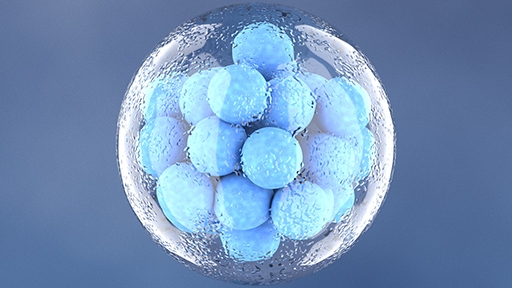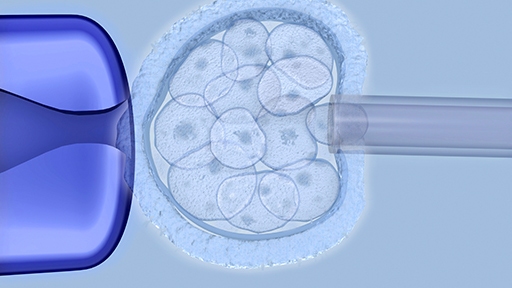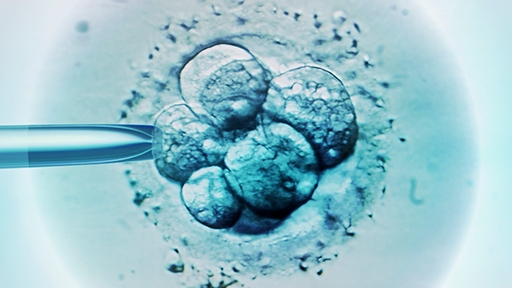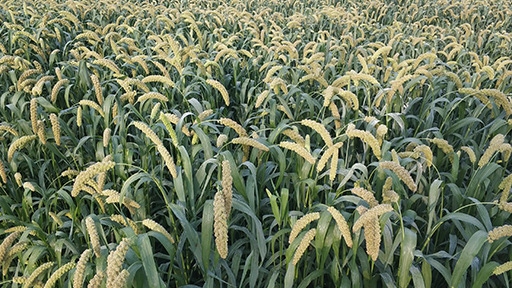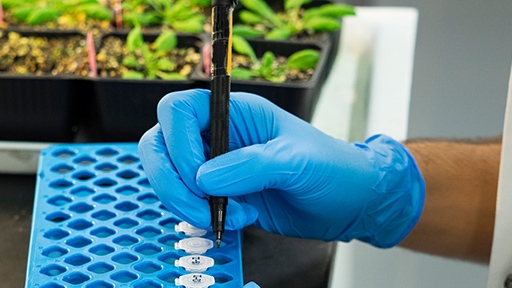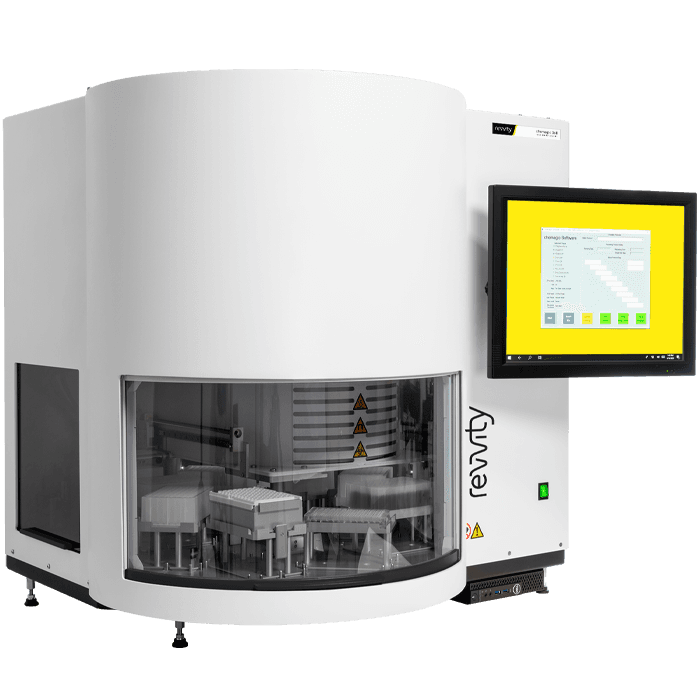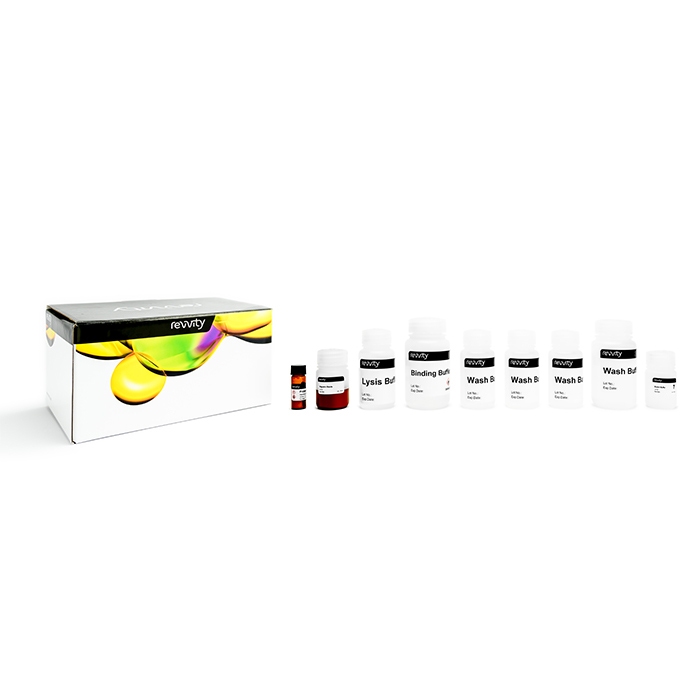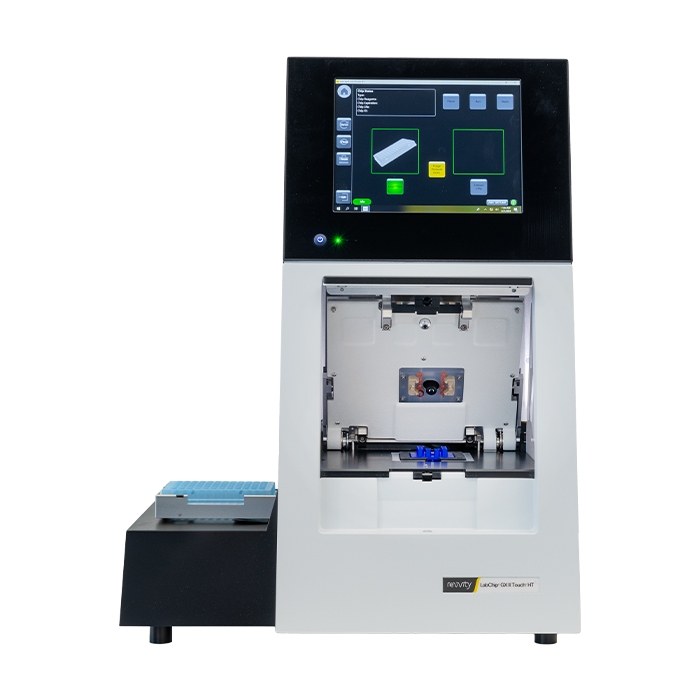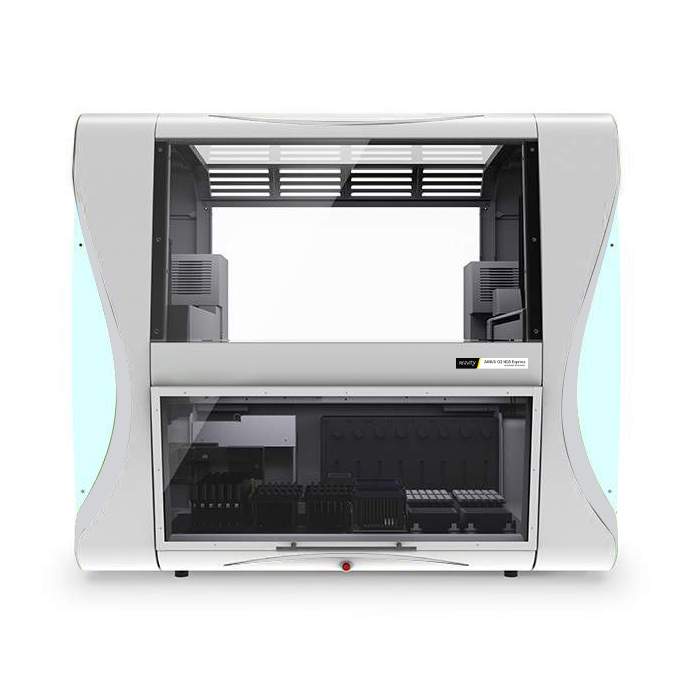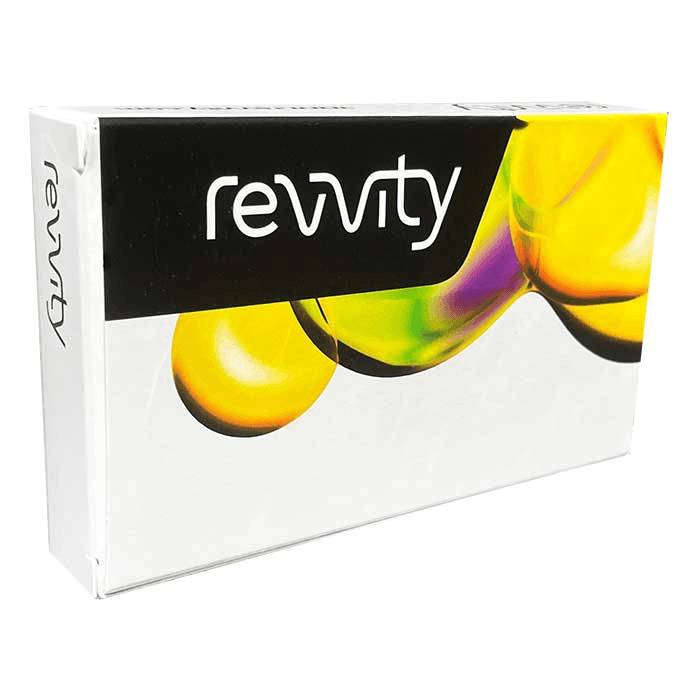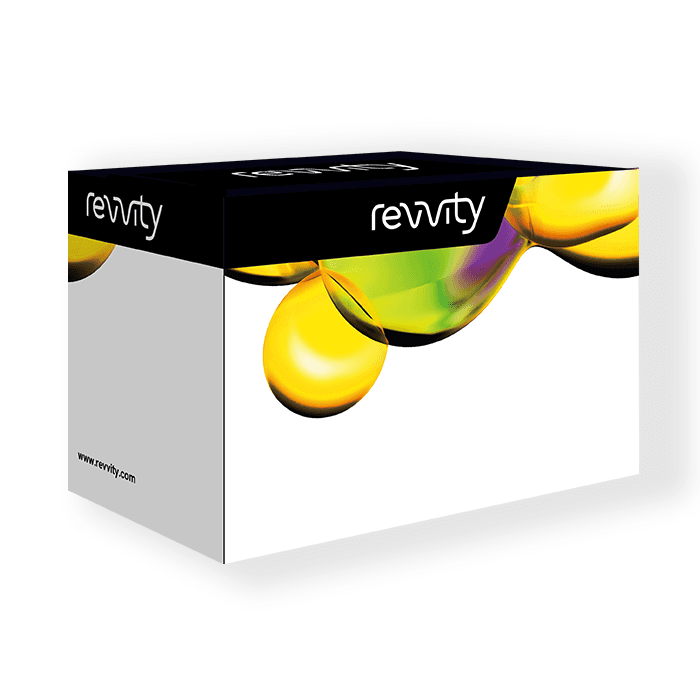Plasma fractionation
Now you can increase efficiency, reduce errors, and improve the traceability of your cfDNA workflows from fractionated plasma with the JANUS® G3 Blood iQ™ workstation. The proprietary technology in the JANUS G3 Blood iQ workstation allows for precise identification and separation of the plasma and buffy coat layers in centrifuged blood tubes.
Suggested products:
Reproducible cfDNA extraction with chemagic technology
Circulating cell-free DNA (cfDNA) is a promising avenue for non-invasive biomarker research and various applications, but its detection and analysis can be challenging due to several factors.
Discover the chemagic cfDNA kits used on the chemagic instruments for your reliable cfDNA extraction workflow. Get comparable yields to manual spin column methods with efficient removal of contaminants and exclusion of cross-contamination while reducing variability and preserving sample integrity with full tracking capabilities.
Suggested products:
cfDNA QC
Before cfDNA is subject to downstream sequencing, quality control checks are often performed to evaluate the quality of extracted cfDNA.
The LabChip® GX Touch™ HT Nucleic Acid Analyzer and LabChip cfDNA assay is optimized to assess fragment distribution and quantitation of extracted cfDNA samples.
Suggested products:
cfDNA library prep kit
Now you can construct NGS libraries with as little as 10 ng of input cfDNA with an accelerated workflow and minimal hands-on time using the NEXTFLEX® Cell Free DNA-Seq Kit 2.0. Up to 1,536 unique dual index barcodes facilitate high-throughput applications without compromising data integrity.
Suggested products:
Featured blogs


Filters
1 - 6 of 6 Products and Services
The chemagic™ 360 instrument is a flexible compact solution for automated nucleic extraction from diverse sample materials.
The chemagic™ cfDNA Kits are the best choice for cell-free DNA isolation from plasma or serum. Depending on sample volume or throughput, different kit options are available.
The LabChip® GX Touch™ nucleic acid analyzer leverages microfluidic technology enabling DNA and RNA quantitation and sizing to be done in seconds via automated capillary electrophoresis separation. It is optimal for:Fast, high-throughput QC analysis of NGS librariesNGS library preparation (smear and fragment analysis) and quality controlRNA and DNA fragment analysis (including cell-free DNA, DNA isolated from FFPE samples, and PCR-free libraries)Quantitation and qualification for CRISPR fragment analysisScreening nucleic acid source material for vaccine developmentCharacterization and QC of small RNA molecules and CRISPR/Cas9 gRNA
The JANUS® G3 Blood iQ™ Workstation fully automates the process of separating centrifuged whole blood into components of plasma, buffy coat and red blood cells. The blood components can be reformatted into nearly any consumable for downstream storage or analysis.The workstation is purposed built and has pre-configured methods to enable set-up and running in short time.
The NEXTFLEX® Cell Free DNA-Seq Kit 2.0 can produce libraries from 10 ng of cell free DNA for circulating tumor DNA (ctDNA) or cell free fetal DNA (cffDNA) analysis, for sequencing on Illumina® or Element Biosciences® NGS platforms in two hours.
The LabChip® cfDNA Assay is optimized to provide fast, automated qualitative and quantitative analysis of cell-free DNA (cfDNA) using the LabChip® GX Touch™ Nucleic Acid Analyzer or the LabChip GX Touch Protein Characterization System.


